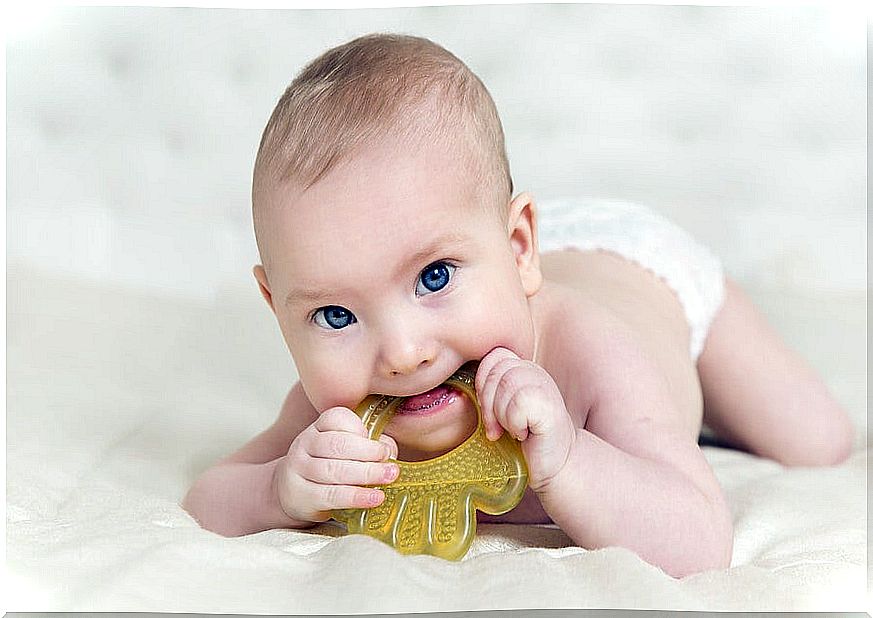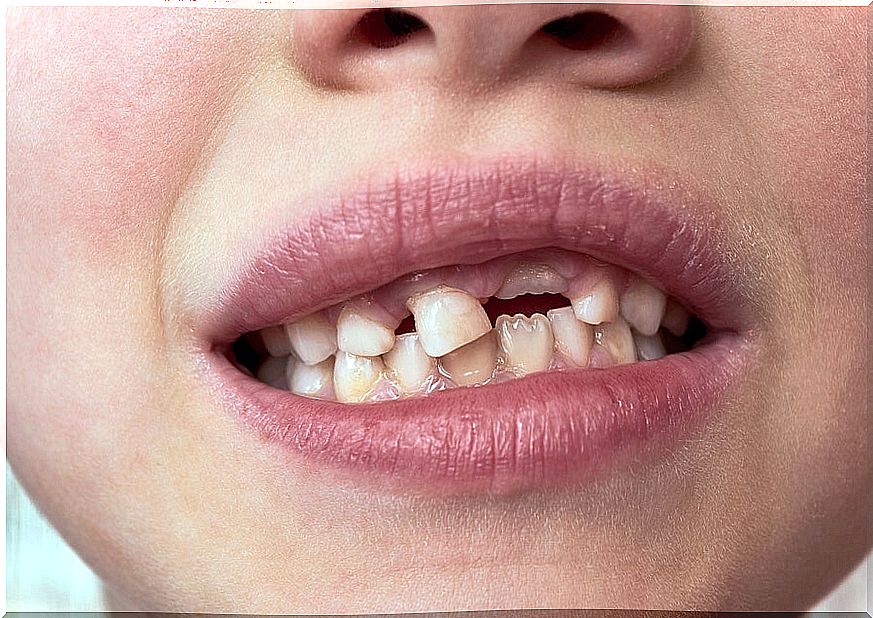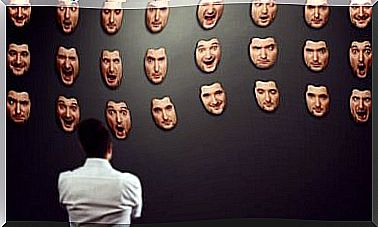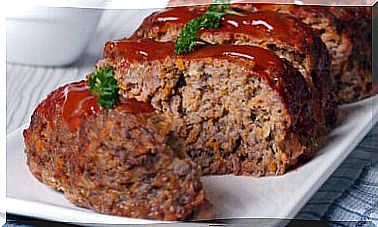Baby Teeth: Everything You Need To Know
From the moment the child has baby teeth, you have to start daily oral hygiene routines and make the first visit to the dentist. If the care is done from the first moment, it will be more difficult for there to be problems with the final teeth.

Milk teeth are those that are born in human childhood. They are also called temporary teeth, because over time they are replaced by permanent teeth. Its name is due to the fact that its appearance coincides with the lactation stage.
Humans have a total of 20 baby teeth. There are 10 at the top and 10 at the bottom. They include, in each arch, four incisor teeth, two canines or fangs and four molars or molars. The ages at which they go out or fall are not the same for all children.
The birth of baby teeth is a very important milestone in human development. They allow to chew and, therefore, to expand the variety of the diet. Likewise, they constitute a support for the child to speak. They also keep space for permanent teeth to come in.
The birth of baby teeth

The most common is that the first teeth begin to emerge between the fifth and eighth month of life. The first to appear are the lower incisors. The process is uncomfortable and painful for the child, who is usually very irritable and without appetite most of the time.
It is very common for babies to search for objects to chew on during this process to relieve pain. The most advisable thing is to offer them teethers to calm that craving without damaging the gums. It is also usual that they show some fever and redness in the area.
The most critical moment is when the first teeth are about to erupt. At this time, the pain increases, the gums become more inflamed and redder more clearly. When the teeth are about to come out, a whitish coloration appears.
In most cases, baby teeth finish coming in around 3 years. This can vary from child to child, without meaning anything abnormal. Some children complete teething by age 2 and others by age 4.
The importance of the first teeth
As we pointed out in the introduction, baby teeth are essential for chewing and speaking. Likewise, they save the space for the permanent teeth to be born without any problem. The latter are already growing under the gums and need a suitable place to sprout in due course.
When a baby tooth is lost too quickly, the forming permanent teeth can move into the space left by the tooth. This leads to other teeth not having the necessary space to come out and results in a denture with several crooked pieces.
Hygiene and care measures for baby teeth

The child should visit the dentist as soon as his first baby teeth appear. This will ensure that you have adequate oral health and will prevent any further problems. The visit to the specialist should be done at least once a year, if there is nothing new.
The baby should have their mouth washed from the first days of life. This is done with a clean, damp cloth or gauze. Immediately after your first teeth come in, you need to start brushing. Tooth decay can even appear shortly after the first baby teeth appear.
The right thing to do is brush your teeth in the morning and at night, with a small amount of fluoridated toothpaste. That amount should increase in 3- to 6-year-olds, but it will never be more than the size of a pea. The habit will be fixed in this way.
Loss of parts
Most commonly, these teeth begin to lose around 6 years of age. The first to loosen are the front incisors. This is because permanent teeth cause the roots of the baby teeth to be absorbed and held by only a small portion of tissue.
Little by little, the other baby teeth fall out. The last to fall are the posterior molars, around 10 or 12 years. By the time your child is 13 years old, he will probably have most of his permanent teeth.
If baby teeth do not loosen naturally, your dentist may recommend extraction. Premature loss of baby teeth is the cause of 30% of orthodontic problems.









